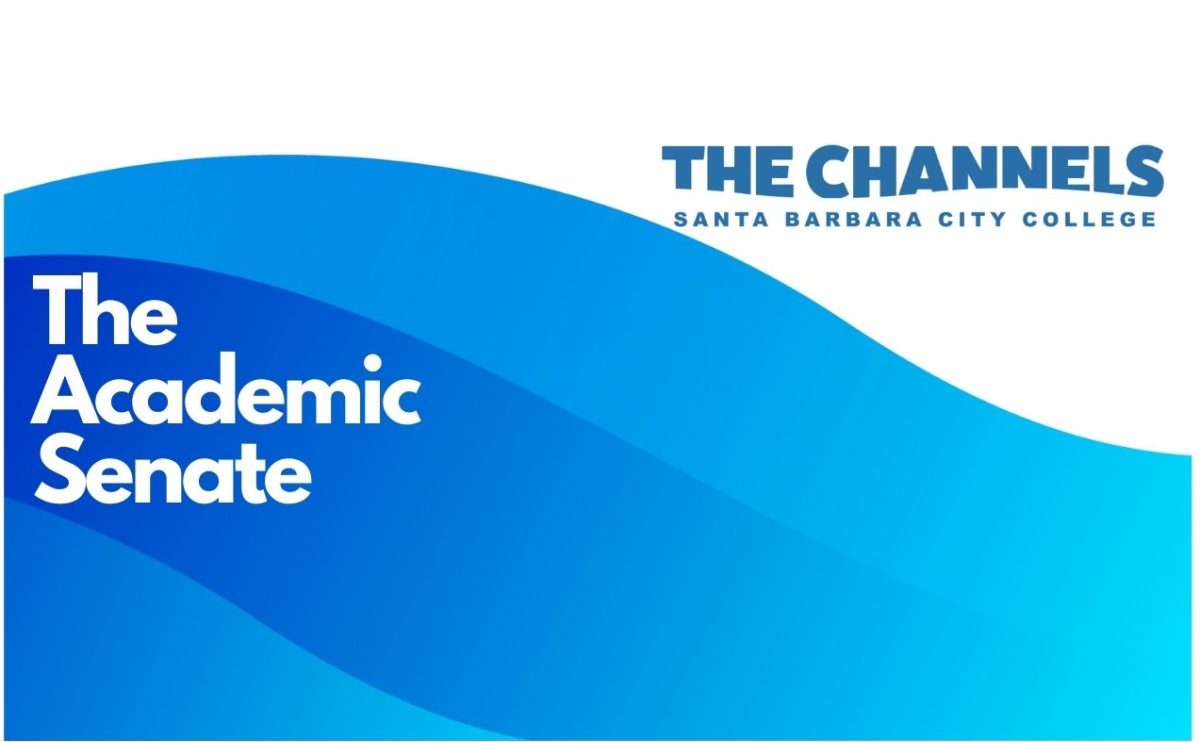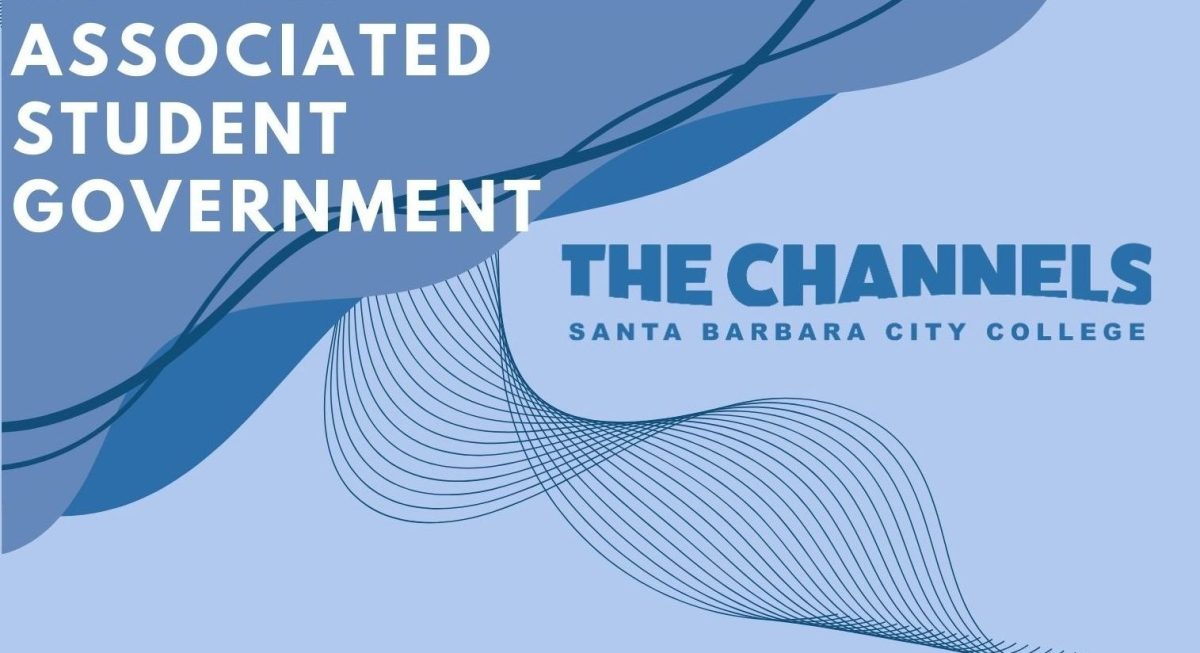The Board of Trustees gathered for a special meeting Friday morning to discuss a pre-requested Fiscal Crisis and Management Assistance Team report that analyzed the college’s dire financial situation.
The report focused on identifying areas where the college may improve both operationally and fiscally. One of their primary methods for identifying these areas was to provide comparative data from community college districts of similar size and structure to analyze specific categories of college operations focusing on budget, revenue, and expenditures.
“This [report] is meant to give a different perspective and perhaps give solutions to the issues we find in the college,” said Ron Gerhard, lead investigator of the report.
Trustee Nielsen suggested at the presentation’s commencement that everyone should try not to become disheartened at the information they were about to hear.
“We have to take in the information and not get defensive. [Let’s] bathe ourselves in the data and dissect it later.”
One of the analyses found that City College’s staffing levels significantly exceed the levels of the districts it was compared against. The sheer number of salaries that this entails is putting a tremendous strain on the college’s resources.
The college’s Five Year Fiscal Projections report notes that salaries and benefits make up as much as 87 percent of the expenditures of the college’s Unrestricted General Fund.
This issue is intended to be addressed in part by reducing staffing levels through the process of attrition. Over time, various positions will become vacant due to resignations and retirements, and the college will choose not to fill those positions, thereby decreasing the number of positions filled.
Twelve positions are estimated to become vacant through this process over the 2017-2018 school year, which may save the college over $1.3 million.
Another of the comparison analyses found that Santa Barbara County’s unemployment rate of 4.3 percent is lower than six of the eight college counties which were chosen to be compared against due to their similar characteristics to Santa Barbara County.
Generally, at times of low unemployment, college enrollments are at their weakest levels; in part because less people are seeking new skills for employment.
To reduce costs, the report concluded by suggesting that the college reduce employee numbers, which could include the implementation of a hiring freeze.
To increase revenue, it gave more general recommendations, such as: tighter enrollment management strategies, increased class sizes, and increased efficiency or effectiveness in the implementation of current strategies.
“It is obvious that we need to get more students or make some cuts. Although this may sound simplistic, it’s not easy at all. It will be an interesting year to try to get our fiscal accounts in order,” stated Trustee Marty Blum.
The more students that California Community Colleges enroll, the more funding they receive from the state— however, the dramatic decline in student enrollment for the past several years makes it unlikely that significant revenue will come from increased student enrollment.














